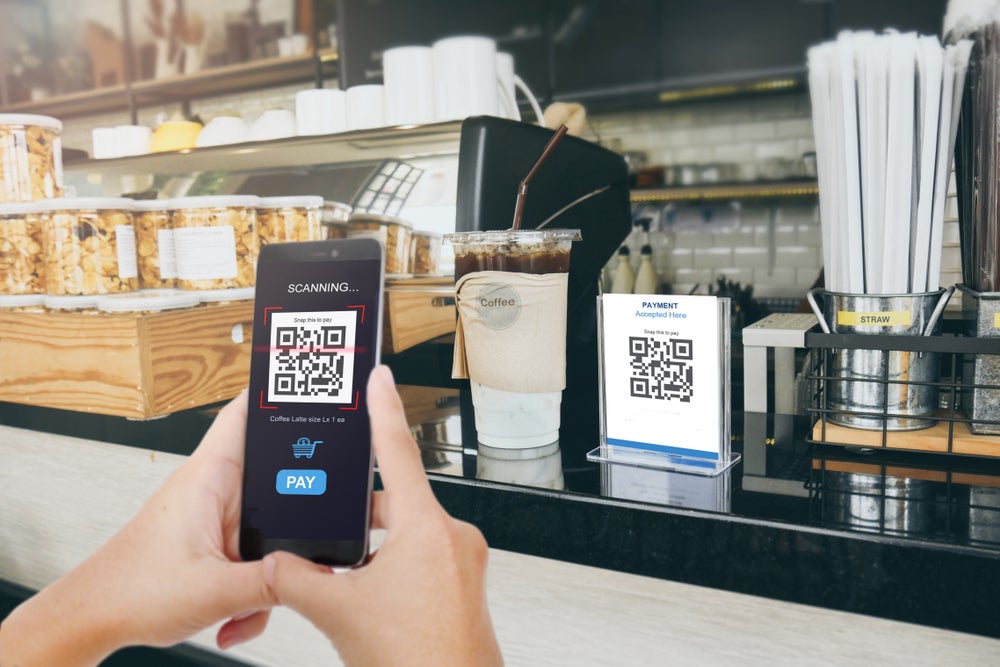
Visa has shelved plans in the US to raise swipe fees, a percentage of the transaction that banks take from retailers each time a credit card is swiped to pay for a purchase.
A change in swipe fees typically has a major effect on how consumers are charged at some of their favourite businesses—and what type of card they choose to swipe at the counter.
Visa cited the harmful impact of the pandemic on retail merchants as the reason for the suspension of the fee increase.
In February, Visa was planning the biggest changes in a decade to its US swipe rates, hoping to persuade more people to abandon checks.
Back then, a Visa issued by the New York-based company read:
“The U.S. credit interchange structure has been largely unchanged for the past 10 years. Based on the most recent review in the US, Visa is adjusting its default US interchange rate structure to optimise acceptance and usage and reflect the current value of Visa products.”
How well do you really know your competitors?
Access the most comprehensive Company Profiles on the market, powered by GlobalData. Save hours of research. Gain competitive edge.

Thank you!
Your download email will arrive shortly
Not ready to buy yet? Download a free sample
We are confident about the unique quality of our Company Profiles. However, we want you to make the most beneficial decision for your business, so we offer a free sample that you can download by submitting the below form
By GlobalDataThe planned changes will now happen in April 2021
“Given the unprecedented impact of the Covid-19 pandemic on the US economy, Visa determined it would not make any structural changes to the payments ecosystem over the last year,” the company said about its change of heart.
In the initial proposed changes, Visa said the interchange rate for so-called card-not-present transactions, which include those made online or over the phone, will increase.
For a traditional Visa card, the fee on a $100 transaction will climb to $1.99 from $1.90. For premium Visa cards, the fee will rise to $2.60 from $2.50.
While those rates are still set to go into effect in April, the network said it will offer a lower rate for merchants who elect to tokenise those transactions using a Visa EMV payment token, starting in October.
The push for tokenisation
Visa, along with Mastercard, has spent years promoting tokenisation technology.
The service was designed to reduce online card fraud and help issuers approve more transactions by swapping sensitive information such as account numbers with a unique one-time use set of numbers that validates a customer’s identity.
Still, there’s been resistance to the technology. Merchants have complained that they’ve lost the ability to route certain debit-card transactions over alternative, cheaper networks for online and mobile-wallet transactions that use tokenisation.
“Incentivising greater use of tokens will improve e-commerce authorisation rates and bolster security at a time when fraudsters are increasingly targeting digital and e-commerce channels,” Visa said in its message.







